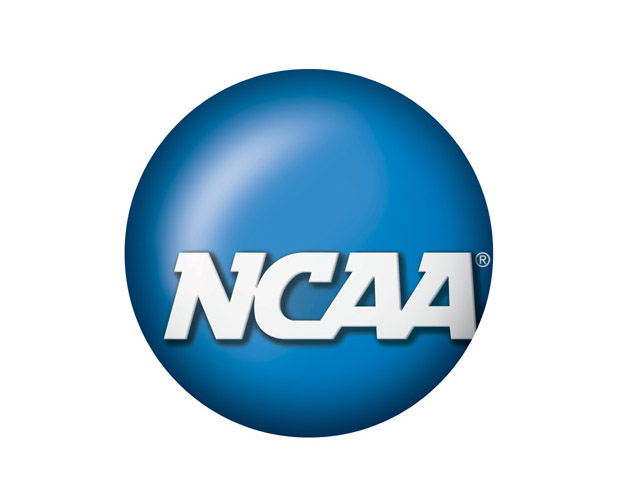Two weeks from this morning we'll already know the first two casualties of the 2013 NCAA men's basketball tournament, the opening two contests of the tourney's "First Four" games in Dayton, Ohio, officially in the books.
Two weeks from tonight we'll know the next two out and the tourney will be down to 64 teams and we'll all settle in for what's arguably the three best continuous weeks in college athletics.
But 11 days from Selection Sunday, could it be better? Could the guidelines be fairer for all, rather than merely the BCS conferences?
For instance, should Indiana -- assuming the Hoosiers are a No. 1 seed and reach the Sweet 16 -- get to play in the Midwest Regional in Indianapolis's Lucas Oil Stadium, less than an hour from IU's campus?
Likewise, should Kansas be given a similarly cushy first-weekend regional just down the road in Kansas City?
Should the very real possibility of Cincinnati making the field with a losing mark in Big East play be allowed?
And when, if ever, will the Selection Committee become more transparent and concrete concerning its guidelines, beginning with the so-called S-Curve, which is supposed to pit the top No. 1 against the weakest No. 2, which should face the strongest No. 3, and so forth?
Beyond that, when are one-bid leagues like the Southern Conference going to wise up and create an option for themselves where they can decide to take their regular-season champ if that team is far better than their league tourney winner?
Because the Southern Conference tournament gets under way in Asheville, N.C., later this week, let's take that last question first as it pertains to the Davidson Wildcats.
Davidson is without question the top team in the league, owning a 17-1 conference mark that is three victories in front of its closest pursuer, the College of Charleston.
Yet if the Wildcats somehow fail to win the SoCon tourney, they'll almost certainly miss the Big Dance, which means two months of excellent work is out the window for Davidson and the league doesn't get to put its best foot forward for March Madness.
The NIT has softened this injustice some by agreeing to take any regular-season champ that fails to win an automatic-bid league tourney.
But conferences like the Southern should go further. They should allow either the athletic directors, head basketball coaches or both to vote after their tournament which team receives its automatic bid -- its tourney or regular-season champ.
Then the tourney winner, if snubbed, gets a home game to open the NIT.
This does a couple of things. It puts much more emphasis on the regular season, which could do much to boost attendance through January and February. And should a team get hot for one weekend, those fans are rewarded with a home NIT game, hopefully against a big-name school that would never set foot on that mid-major campus otherwise.
Yes, the NCAA tournament's great. But to recall the University of Tennessee at Chattanooga's humiliating 103-47 loss to Connecticut in 2009, which would have left a better taste in the fans' minds -- being steamrolled by UConn a long way from home in Philadelphia, or hosting a Tennessee, Maryland or Texas in the NIT?
Speaking of hosting -- which Indiana basically will if it reaches Lucas Oil Stadium -- to the victor go the spoils. I'm not sure a No. 3 or 4 tourney seed should get to play in its home state -- as often happens with North Carolina and Duke -- but a No. 1 seed should have every advantage other than playing on its home court.
Again, make the regular season matter. Much.
Which brings us to the S-curve, my single biggest complaint with college basketball after the block-charge call (but more on that for another column).
The overall No. 1 seed -- be it Gonzaga, Indiana, Duke, Kansas or Georgetown -- deserves the easiest road to the Final Four in Atlanta.
Otherwise, why declare an overall No. 1? And for that to happen, it should be placed in a region with the weakest No. 2, No. 4, No. 8 and No. 16. Period. No exceptions.
Likewise, the weakest No. 1 should draw the strongest No. 2, No. 4, No. 8, etc.
When this formula is compromised, so is the No. 1's path to the Final Four.
As for teams with losing conference marks reaching the Dance, unless it involves an injury to a key player who's now back and the team is playing tournament-caliber basketball with his return, losing league marks should banish teams to the NIT.
If that doesn't seem fair, try slipping on Davidson's shoes this weekend.

